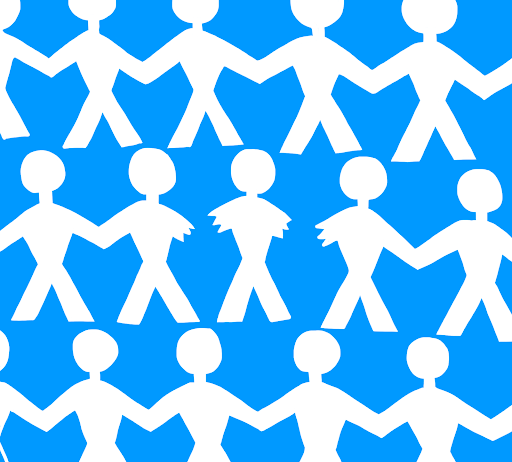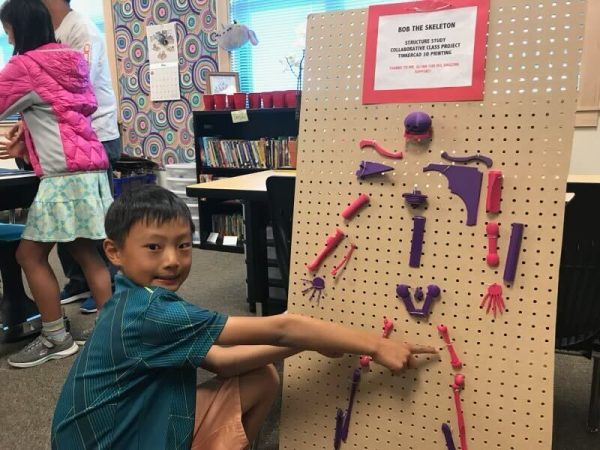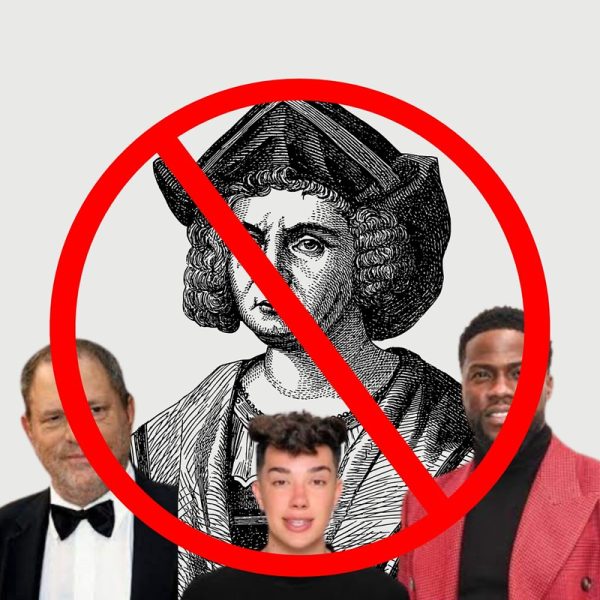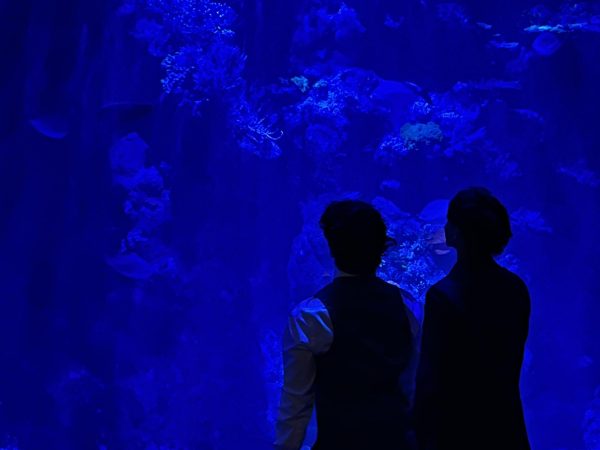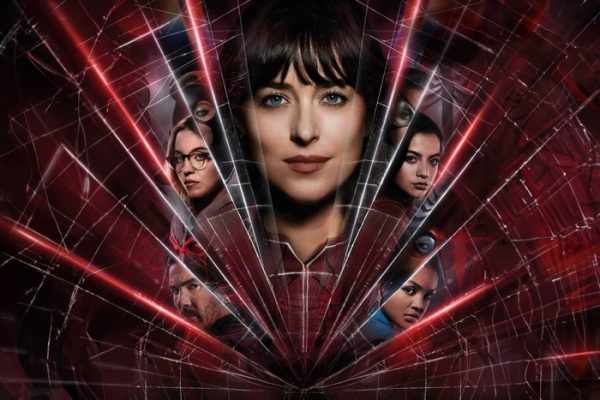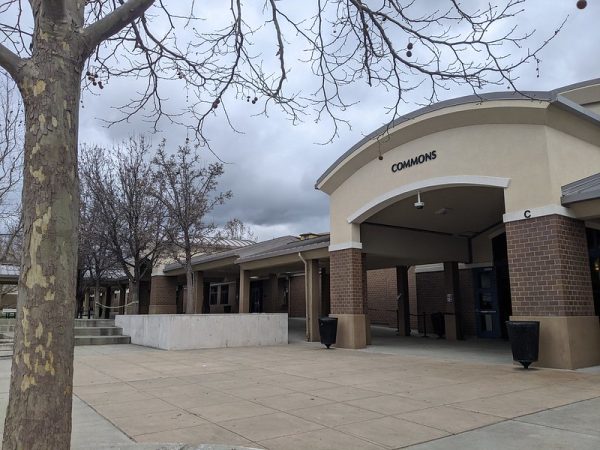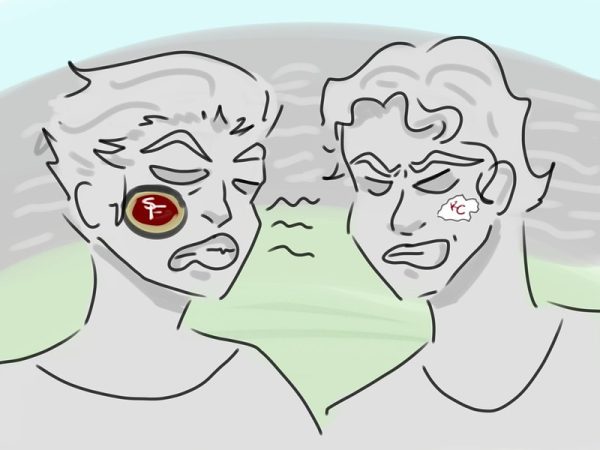Hollywood’s back at it again with the white-washing, under-representation of POC, and cultural appropriation
Popular media is white-washed. Hollywood is white-washed. These are facts, an unchanging trope that continuously keeps people of color out of roles designated for people of color. Sure, sometimes we get roles, but when we do, people of color are almost always typecasted based on age-old stereotypes: the inherently angry and violent black villain, the saucy Latinx lover, the nerdy Asian sidekick, and the list goes on.
As an Asian girl, I wish I had had a role model of my own ethnicity, representing my culture with pride, to watch in popular media growing up. But, Victoria Justice and Lizzie McGuire had to suffice, as white was and still is the norm. According to a recent study conducted by USC Anneburg’s Media, Diversity, and Social Change Initiative, of the casts of the 100 top films of 2014, “73.1% were White, 4.9% were Hispanic/Latino, 12.5% were Black, 5.3% were Asian, 2.9% were Middle Eastern, <1% were American Indian/Alaskan Native or Native Hawaiian/Pacific Islander, and 1.2% were from “other” racial and/or ethnic groupings.”
Hollywood, of course, has had a long and notorious history of white-washing movies and television shows, from yellowface in Breakfast at Tiffany’s to Elizabeth Taylor’s portrayal of Cleopatra in Cleopatra to the 90% white cast that portrayed Puerto Ricans in West Side Story. It is wrong, albeit understandable that back in the day, racism kept most people of color out of the media. But how about today? What about the movie adaptation of The Hunger Games, where an “olive-skinned” Katniss Everdeen was played by Jennifer Lawrence? What about Aloha, the romantic comedy released in 2015 starring Emma Stone as a half Chinese half native Hawaiian girl? What about Gods of Egypt, a fantasy movie released in 2016 featuring–you guessed it—an all white cast? Movies and TV series are still dominated by white actors today, if you haven’t already noticed.
But what’s the big deal? What’s the harm in white-dominated media besides the fact that it keeps people of color actors and actresses out of work? Well, when a white person, or any person for that matter, plays a role intended for a person of different ethnicity, it is a form of cultural appropriation. Look at it this way: they are trying to pretend to be a race other than their own and thereby belittling and disgracing the culture of the race they are trying to portray.
Take Death Note for example. Recently, Adam Wingard, director of the American adaptation of the popular Japanese anime and manga, announced that Nat Wolff will be playing the lead role as Light Yagami and actress Margaret Qualley will be playing Wolff’s romantic interest, Misa Aname. Again, a white cast depicting Asians, a trend that’s infected virtually all live action American adaptations of anime. Some people argue that it is okay to white-cast for anime due to the Caucasian features anime characters are drawn with. However, the colored hair, large emotive eyes, and small mouths and noses are, at the crux of it all, simply popular stylistic attributes of many Japanese animators and manga artists. In the end, no matter how white-passing a character in an anime appears, their Japanese names should give away their true background. Light Yagami and Misa Aname are prime examples as they both have light colored hair and light colored eyes, but their names and character histories suggest they are Japanese and should thus be portrayed by Japanese actors. Moreover, for Death Note in particular, the anime’s storyline and basis draws from ancient Japanese culture and belief. Shinigami, or Japanese death gods, play key roles in Death Note and originate from religions, such as Buddhism and Shinto, as well as Japanese folklore. Thus, when a white cast tries to portray something so deeply rooted in Japanese culture, it’s disgraceful because, well, it’s not their culture and they have no right to be representing it. So, do you get why it’s wrong?
People of color need more representation in media, period. Studies have shown that children benefit from seeing and identifying with another person of their same ethnicity in popular media. McDermott and Greenberg in a 1984 study found that African American children’s self esteem was related to the regularity at which they saw African American actors in TV programs and movies they watched. Other anecdotal accounts among other POC confirm that seeing one’s own race positively portrayed boosts self esteem and racial pride. Children of color need role models that don’t just make fun of their culture in media to teach them that they are also capable and talented and important.
At this point, it’s not a financial issue that bars people of color out of roles, it’s racial discrimination. Obviously, it would cost less money to hire an actual POC than to spend more on makeup or CGI to make a white person “look” like a POC (ahem, Scarlett Johansson in the Dreamworks and Paramount adaptation of “Ghost in the Shell”). Furthermore, the Ralph J. Bunche Center for African American Studies at UCLA discovered, through a recent Hollywood diversity report, that films with diverse casts and ethnic minorities in lead roles led to higher box office profits because–big surprise–white people aren’t the only ones watching movies and people of color make up a large portion of the audience demographic. For instance, Hispanics in 2013, alone, bought roughly 26% of movie tickets, but only had 4.2% of speaking roles in the films.
This type of under-representation has no excuse anymore; all white-casting a film does not bring increased profits or happier audiences, but only serves to exclude POC from roles intended for them and perpetuate racial stereotypes and white supremacy in media.
Especially in this day and age, we need representation now as “ethnic minorities” are gradually becoming the majority. It’s time we get treated and represented as equals in popular media, and not just as caricatures for the amusement of the ignorant.

Serena is entering her second year in Journalism as a Staff Writer and her first as Assistant A&E Editor. She joined the Tribune to find her voice as a young adult and social activist, as well as find...


